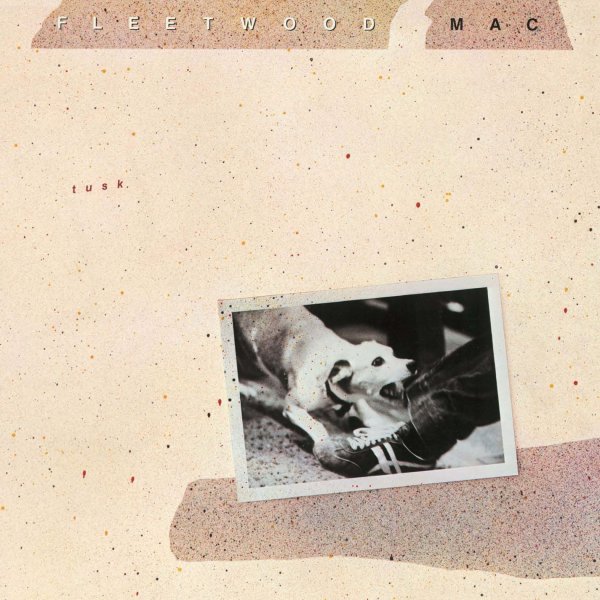NEW YORK TIMES: Everything about the album is ridiculous, from its length (20 songs, 72 minutes) to its sleeve art (a visual distillation of the precise moment at which the 1970s turned into the 1980s) to its title (the word “tusk,” among the band’s male members, was slang for the male member; when Stevie Nicks heard that this would be the album’s title, she threatened to quit the band). The hero (or villain) of “Tusk,” the organizing intelligence behind everything, was Lindsey Buckingham. He was less the band’s guitarist than a one-man band whose instruments happened to include all of his bandmates. Some of the songs were recorded in Buckingham’s home studio, where he had a setup that allowed him to play drums while sitting on the toilet. His obsessiveness during the recording alienated everyone. All of the non-Buckinghams sat around idly, inhaling hillocks of cocaine, losing track of time, while Buckingham futzed around with tape speeds and lay on the ground singing countless takes of backing vocals into a microphone taped to the floor. (He thought this would create a more “aggressive” sound.) Famously, the band rented Dodger Stadium and employed the 120-piece U.S.C. marching band to record the title track — an infectious riff that Buckingham distilled into a three-minute oddity so strange it seemed to actively sabotage any chance the song might have had to become a breakout hit. “Tusk” cost more than $1 million to make — the most expensive record ever, at the time — and took 13 months to record. The result was a double LP, almost twice as long as “Rumours,” that produced zero No. 1 hits. It was as uncommercial as an essentially commercial enterprise could ever make itself sound. This is the defiant heroism of “Tusk.” MORE
RELATED: The Making Of Fleetwood Mac’s Tusk

